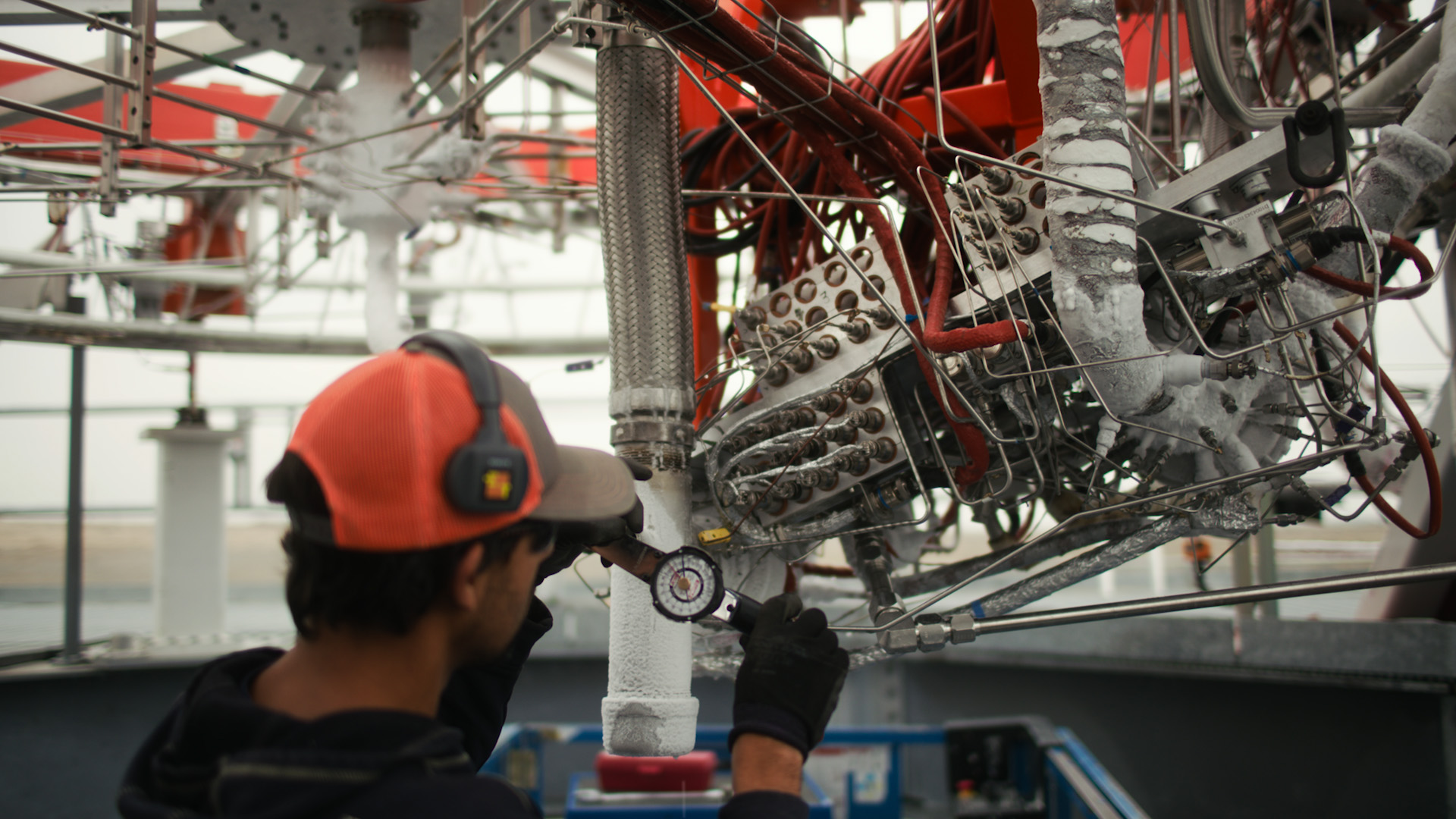Stoke space, a company developing a fully reusable rocket, has unveiled a new tool that allows hardware companies to track the design, testing and integration of parts. The new tool, Fusionfocuses on an unsexy but essential aspect of hardware workflow.
It’s a solution that stems from “pervasive pain in the industry,” Stoke CEO Andy Lapsa said in a recent interview. The current status quo for parts tracking is characterized by cumbersome, balkanized solutions built on piles of paperwork and spreadsheets. Many of the existing tools are not optimized for “boots on the ground,” but for finance or procurement teams, or even the C-suite, Lapsa explains.
Fusion, on the other hand, is designed to optimize simple inventory transactions and parts organization, and it will continue to track parts throughout their lifespan: when they are built into larger assemblies and tested. In an extreme example, such as hardware failures, Fusion helps teams match anomalous data to the exact serial numbers of the affected parts.

Image credit: Stoke Space
“When you think about aerospace in general, there’s a need and a desire to be able to understand the pedigree of every single part number and serial number that goes into an assembly,” Lapsa said. “So not only do you understand the configuration, you understand the history of all those parts going back forever.”
While Lapsa clarified that Fusion is the result of an organic internal need for better parts management – after all, designing a fully reusable rocket is complicated – it was a decision the Stoke team made early on to turn it into a marketable product. It’s a notable example of a rocket startup generating revenue while their vehicle is still in development.
Fusion is especially relevant for startups. Many existing tools are designed for production runs — not the fast-moving research and development environment that many hardware startups find themselves in, Lapsa added. In these environments, speed and accuracy are paramount.
Brent Bradbury, head of software at Stoke, echoed these comments.
“The parts change, the people change, the processes change,” he said. “This allows us to capture everything as it happens, without a lot of extra work.”
